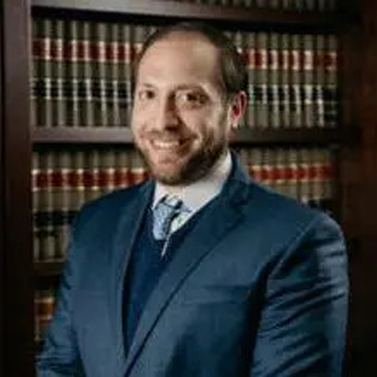It May Be Enough In Some Cases
CCTV footage is a strong type of evidence in a hit-and-run investigation. In some cases, it may be enough, especially if the footage clearly shows what happened during the accident. However, the footage is only admissible in court if it meets two basic requirements: authenticity and relevance. But given that these cameras are government-owned, it most likely meets the requirements.
However, you’ll naturally need more evidence if there are any objections to the footage. Some objections include undue prejudice, hearsay, best evidence rule, and lack of foundation.
Undue prejudice is when the opposing attorney can argue that the evidence is not a reasonable representation of its subject. Hearsay is raised if there’s no witness to be cross-examined to prove that the event in the footage happened.
The Best Evidence rule is raised if the footage is a copy–the attorney can argue that the original copy of the CCTV footage is superior to what you have. Lack of foundation is when certain factors are at play in the litigation–visibility, time of day, or weather. The attorney can question the similarity between evidence and the occurrence in question.
With these objections, you’ll certainly need more documents. In hit-and-run cases, you’ll usually need photos and other videos from the scene of the crash, skidmark evidence from the tires on the road, eyewitness and first responder testimony, police report, medical records and bills, identifying details of the at-fault vehicle, a record of damage to your vehicle, and your account of what happened.
You may or may not need all of these things to prove your case in a hit-and-run. The best thing to do is to contact a personal injury attorney as soon as you can since they can be a huge help in getting claims.
It’s Especially Valuable When Combined With Other Evidence
As a Personal Injury Lawyer, I can say that CCTV footage is a valuable source of evidence for hit-and-run cases, especially when combined with other evidence.
A government-owned CCTV street footage can be used to help prove the case, but more is needed. The victim should try to obtain as much documentation as possible such as witness statements, photos of the scene, and any medical records related to their injuries. This will help build a strong case for their claim.
It’s Most Useful When Combined With Other Evidence
Video footage can be powerful evidence in proving a hit-and-run, but it may not be enough on its own. If the footage is poor quality or from an angle that doesn’t clearly show what happened, its strength as evidence is weaker. The strongest footage would clearly identify the hit-and-run driver in their vehicle and show the whole accident, not just the aftermath.
But even if the video evidence is compelling, it’s usually only one part of the evidence used in a case. It’s also important to note that video footage can be interpreted subjectively in some cases and subject to challenge by the other party.
Video can be more useful when combined with other evidence to prove a claim. For example, the police report serves as an official incident record and details the responding officer’s observations. The victim’s medical records can help establish the extent of their injuries and related costs. If the victim reports the accident to their insurance (as they should), those documents can also be key to supporting the claim and proving the other driver’s fault.
If The Footage Is Clear, It May Be Enough
Government-owned street CCTV footage can prove a hit-and-run case if the footage is clear enough to show the license plate numbers or other identifying information. Or to identify the culprit and confirm how the incident occurred.
Other documents needed are a police report, witness statements, proof of damages like photos or medical records, and any additional available footage from nearby homes, businesses, or other vehicles in the area with dashcams.
This is a crowdsourced article. Contributors' statements do not necessarily reflect the opinion of this website, other people, businesses, or other contributors.




